|
This time September, back in the year 1862, must have been an interesting and contemplative one for Frederick resident Edward Buckey, then the current president of the Frederick County Agricultural Society. Two years prior, he was busy planning for a one week county fair in October. In 1861, the fears and anxieties associated with a Civil War put the "Kabosh" on a successful run of annual exhibitions because the fair's local home would be needed for the war effort. The particular week, and those to follow September 17th, 1862 saw hundreds of newcomers coming to Frederick. These were not the annual fairgoers, but rather wounded soldiers. You see, September 17th, 1862 marked a significant date that would go down in history. It remains that of the deadliest single-day battle in American history with 3,675 killed and total casualties numbering 22,717. We know it as Antietam. Sharpsburg, Maryland, the scene of battle, was only 30 miles away, and Frederick's residents would see casualties brought to town to local hospitals. This had actually begun happening a few days earlier as the Union and Confederate armies had squared off in pitched battles on September 14th at three mountain gaps atop South Mountain, dividing line between Frederick and Washington counties. Fittingly, this conflict, the first battle on northern, or Union, territory, became known as the Battle of South Mountain. The Confederates had come to Frederick after crossing the Potomac River in that first week of September, and stayed here for about five days before departing on September 10th. With an invading army in town, the last thing on the mind of residents was the annual county fair and the livestock competitions, food and amusements that comprised an agricultural fair at the time. Now this was certainly not “Fair Week,” as our annual agricultural exhibition was generally held in October, corresponding with traditional Oktoberfest time, as a celebration of the end of growing and harvest season. The frivolity of the agricultural exhibitions here had actually been slightly challenged back in 1859, as the community was still abuzz with talk and sentiment regarding John Brown’s recent raid on Harper’s Ferry. It was also that fall, Frederick County received the distinct honor of hosting the 20th Annual Exhibition of the Maryland State Agricultural Society from October 25-27, 1859. For those not familiar with the ill-fated insurrection attempt by John Brown, he and his band of followers orchestrated a deadly raid on the Union military arsenal at Harpers Ferry. Brown had been staging for this event at the Kennedy farm, just over the Washington County line in Pleasant Valley. When he put his plan into effect on the night of October 16th, word reached Frederick by rail the next morning and the nation was alerted of the events from here. Members of Frederick’s fire companies/militia units who regularly performed drills and displays at the annual fair, now had to put their military training to practical use as they were hurried to Harpers Ferry by train, among the first responders on the scene. They would assist Col. Robert E. Lee, Capt. JEB Stuart and the U.S. Marines in the successful capture of Brown and his surviving men. Amidst the local and national excitement this event would have on the local citizenry, the Maryland State Fair commenced at the Frederick Barracks Grounds on October 25th and dictated an excellent exhibition with banner attendance. Hotels were filled, and county residents extended their hospitality, and their business goods and inventories, to throngs of tourists. Of particular interest during this event were the simultaneous benefit events being held by the Ladies auxiliaries attached to fire companies of Frederick. A newspaper account from October 26th reported that the United’s had “on exhibition the hat and a pistol belonging to “old” Brown, a Sharp’s Rifle and a Litchfield Spear, captured by the Guards at Harper’s Ferry.” Meanwhile the Junior Defenders performed military drills for audiences with the accompaniment of The American Band. I haven't seen proof of this anywhere, but I'm sure one of the most popular citizens to attend the fair that year was George Brengle Shope. The Frederick resident was working a carpentry job in Harpers Ferry at the time of Brown's raid, and unfortunately found himself among those held hostage in the engine house. He lived to tell his tale, and would testify in Brown's trial. (NOTE: George Brengle Shope is buried in Mount Olivet's Area H and you can read more about him in an earlier Story in Stone titled "John Brown's Hostage.") The Seventh Exhibition of the Frederick County Agricultural Society was held in October 1860. Unfortunately, the return of the Frederick County fair was clearly overshadowed by the rhetoric and anticipation tied to the hotly contested U.S. Presidential election between Abraham Lincoln, Stephen A. Douglas, John Breckinridge and John C. Bell. Southern Democrat, and former vice-president John C. Breckinridge ran on the slavery platform and was Maryland's winner with 45.93% of the vote (42,482), edging out Constitutional Union candidate John Bell who garnered 45.14% of the vote (41,760 votes). As for the other candidates with much greater name recognition today than the previous candidates, Stephen Douglas received 5,966 votes (6.45%) from Marylanders, and in distant fourth place, Abraham Lincoln had 2,294 votes (2.48%). I read somewhere that Lincoln only received 17 votes in Frederick County. When reviewing results like these, it's not hard to understand the effect of politics and the volatile mood of the country at that time. The city militia units performed drills during the fair, and were joined by county companies such as the Linganore Mounted Guard, Liberty Riflemen, Carrollton Manor Mounted Guard and three others from beyond the county. Soon, these men would be split apart by politics, having to choose respective sides. The military pomp and circumstance displayed at the recent fairs would certainly be an omen of things to come. However, the pageantry would be missing as the goal would be kill, or be killed. Within weeks of the 1860 Frederick agricultural fair, residents would see Abraham Lincoln elected as their new president. (Interestingly, they would eventually see their man John C. Breckinridge four years later, leading Rebel troops here under Jubal Early during the Battle of Monocacy in July, 1864). Southern states would immediately start seceding from the Union in the months to follow. The official first shots of war occurred on April 12th, 1861 in Charleston, South Carolina as Fort Sumter was fired upon. Virginia would join the Confederacy less than a week later and on April 19th, an angry mob in Baltimore attacked federal troops from Massachusetts who were trying to make their way through town. The city would be placed under martial law by the federal government. Frederick would soon become the state capital during the spring and summer 1861. In August, the Potomac Home Brigade was formed as local Union men enlisted for military duty. Others fled south to join the confederacy, such as former Junior Defender Bradley Tyler Johnson, who would take an active part in forming the 1st Maryland Infantry, CSA. The Frederick County Agricultural Exhibition’s home of the Barracks Grounds was permanently commandeered for its intended purposes and would be converted into a Union Military Hospital. Enter the fore-mentioned Edward Buckey as president of the society, ascending to the position in that year of 1861. His role would be eased as there would not be another Frederick Agricultural fair until October of 1868. However, concerns of local farmers would be heightened during the multiple-year “War Between the States.” 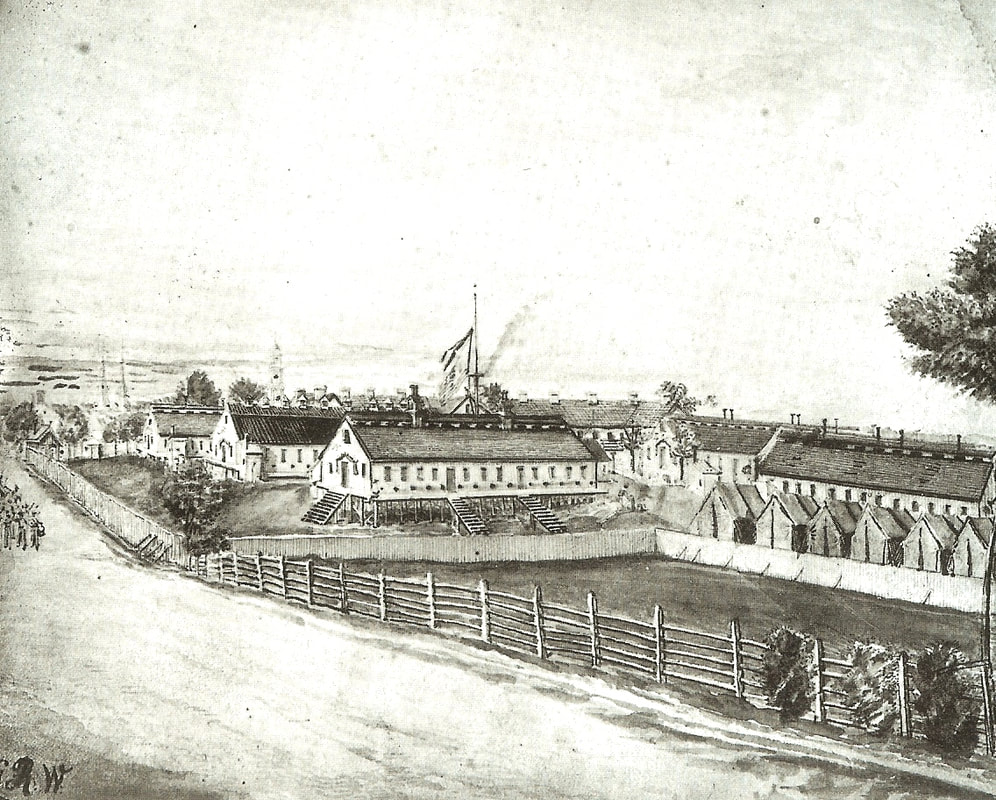 The Barracks Grounds on South Market Street had served home to the county fair through the 1850s but was taken over by the Union Army during the American Civil War. Barracks were constructed to create Union Hospital #1 and would provide care for sick and wounded soldiers of both armies throughout the conflict. Edward Buckey I randomly chose Edward Buckey and the Frederick Fair here as an interesting lens to view world events at that time. This annual rite of fall, the Great Frederick Fair, is a traditional staple of Frederick County. The more things change as Frederick continues to grow, we can count on our history and events such as the fair and Civil War sites to ground us. In the Frederick Fair's realm, it's something that can serve as a time capsule of not only "great" memories for us all boasting the sights, sounds, smells, and thrills of the fair, but also the essence of comaraderie and community. Sadly, that wouldn't be afforded at three distinct times over the past 160 years. One was the period of the Civil War, with a second being the 1918 Spanish Flu Pandemic. Of course, more recently, the third cancellation of the Great Frederick Fair occurred in September, 2020 thanks to the Covid-19 Pandemic. Let's take a look at Edward Buckey, shall we? Born March 7th, 1797 in Libertytown, Edward Buckey was the son of Peter Buckey (1775-1848) and Mary Salmon (1778-1864). His paternal grandfather, Matthias Buckey (1727-1794) immigrated to America around 1750 from Minfield, Rhineland-Pfalz, Germany. Matthias first settled around New Windsor, and eventually bought properties in, and around, Frederick. I was pleased to learn that one of these was land near Little Tuscarora Creek, destined to become the Cloverhill II development off Opossumtown Pike (just north of Frederick Community College). Edward Buckey's father (Peter) was one of eight siblings born to Matthias and wife Mary (Hoffman). Two of these were John and George Buckey who would be responsible for helping to create the crossroads town south of Frederick that bears the family name-Buckeystown. John was a tavern-keeper and blacksmith and George was a tanner. Edward was the oldest of five children, and only son of Peter and Mary. His father bought 13 town lots in Libertytown on South Street and a 30-acre tract in 1812. He also operated a tannery here that would become known as the Angel Tannery and boasted 36 vats according to a newspaper ad in the Frederick Town Herald in 1823. It is assumed that Edward Buckey grew up on the family farm and was apparently educated in local schools. I will say here that in writing an earlier Story in Stone on Elihu Rockwell (namesake of Rockwell Terrace), I learned that Libertytown had an Academy on the east end of town in which Mr. Rockwell was once headmaster. Information about Edward's early life is scarce, but an obituary from the Baltimore Sun states that Edward Buckey was a captain during the War of 1812. This has not been confirmed as yet, and we don't not have him labeled in our cemetery records as such. A cousin, Daniel Buckey, however is part of our Mount Olivet collective of War of 1812 veterans numbering 110. Edward Buckey was an ardent member of the Methodist Episcopal Church. His father was a trustee of the church in Libertytown and had a hand in purchasing land used for the congregation's structure. Edward would move to the Frederick area around the time of his 21st birthday when Peter Buckey bought a 197-acre farm in 1818, said to have been located west of Frederick on "the Old Middletown Road." After tracing the deeds forward, my land research "secret weapon" Marilyn Veek found that this farm (one day owned by Edward Buckey) was located on the south side of Butterfly Lane between Mount Philip Road and Butterfly Ridge Elementary School. Most of this farm property is now the "Emerald Farms" development, while part of it is under I-70, and another part of it is south of I-70 (currently undeveloped and landlocked). I'm jumping ahead in the story but to explain the farmstead a little more in detail I direct your attention to the following newspaper ad from 1866. This was the sale of the property which was known as "Bloomfield Farm." The article describes it as being located "three miles from Frederick". When Edward later sold all the farm animals, crops, household goods, etc. the farm is identified as being two and-a-half miles southwest of Frederick. We are pretty sure that Butterfly Lane is today is what was referred to here as "Old Middletown Road" as opposed to the National Pike/Patrick Street. I found that Edward always listed his occupation as that of farmer in census records. He never married and lived on the family homestead and continued farming. He was appointed an officer for the newly formed "Farmers' Club" organized on November 22nd, 1849. We first see Edward appearing in the 1850 US census living with his mother. This was two years after the death of his father. Meanwhile Edward kept busy with work as one of the trustees of the Methodist Church. He also served a term in the Maryland House of Delegates. On January 12th, 1853, "in obedience to the call of many farmers, there was organized 'The Agricultural Club of Frederick County,' which was to hold annual exhibitions, and monthly meetings for instruction, discussion, etc." It adopted the constitution and bylaws of its predecessor, "the Farmers' Club." Not much more would change over the next decade (of the 1850s) as Edward and his mom would still be co-habitating on the family farm a decade later. I found that Edward Buckey did participate in the Mass Union Convention that occurred in Frederick City in March of 1861. This took place at the Frederick County Court House (today's City Hall) just two weeks after President Lincoln's inauguration. Although a slave-holder, Edward's name appears on the famous handbill that listed Frederick citizens supporting the Union and the president. Could he have cast one of those 17 votes for "Honest Abe?" As I said earlier, the Agricultural Exhibition was canceled in 1861 because of the Civil War and primarily because it had lost its location at the Barracks Grounds south of town. Instead of seeking an alternative space, it was best best thought to concentrate on safety. That summer, Frederick would see senators and delegates from around the state come here to participate in sessions of the General Assembly, having been moved from Annapolis. Things were a bit "too hot and agitated" in Annapolis with its southern leanings, so the governor proposed Frederick as a conservative temporary home that summer and early fall. The following years saw the Maryland Antietam campaign (battles of South Mountain and Antietam) occur in 1862 as already chronicled, and the summer of 1863 brought another major battle just up the road at Gettysburg. Soldiers were plentiful in Frederick before and afterward, but thankfully for Edward these were Union boys. As if the Civil War wasn't stressful and upsetting enough, Edward had an ailing mother to care for. She would pass in March of 1864, and he and his siblings had her body buried in Mount Olivet within the family plot in Area F (#33) where his father was laid to rest in June, 1848. Four months after his mother died, Edward's farm would be along the route that Confederate Gen. Jubal Early would bring his invading army into Frederick in early July, 1864. The ensuing Battle of Frederick occurred nearby at the vicinity of Linden Hills, and the Battle of Monocacy down at the railroad junction the following day. Throughout this episode, Frederick would be ransomed for $200,000. Thankfully, local banks paid up and the town was spared. Obviously, there would be no fair in the fall 1864, and even though the war ended in April, 1865, the hospital center would still be in use. I'm curious as to the lack of a fair held in the fall of 1866, but some activity took place the following year that would redefine the annual exhibition that had been sidelined since 1861. New Home In Spring of 1867, the Frederick County Agricultural Society was re-formed with the selling of 139 life membership tickets. After tasking a special committee with finding a new permanent home for the Agricultural Exhibition, the Society purchased 21 acres of land from its own Treasurer, Gen. Edward Shriver, former leader of the Frederick militia that quelled the John Brown raid. A neighbor, and later Society president, William H. Falconer would also sell land for the “new cause.” I also found that Mr. Falconer was also a member of the Mount Olivet Cemetery Board. Bought for $4,500, these properties were located about a half mile east of Frederick on the north side of the Baltimore Turnpike. Almost immediately, substantial buildings were erected and a race course track was laid out. The Frederick Agricultural Grounds now came into being.  Edward was able to complete his term as president with this great accomplishment under his belt. He would turn the reins over to C. Keefer Thomas as Board president. The Ninth Annual Fair of the Frederick County Agricultural Society was held October 12-15th, 1868. Interestingly there was a definitive Civil War theme. The return of livestock was accentuated with a tremendous entry of cattle, sheep and poultry specimens. Fittingly, the guests of honor were national Civil War heroes in the form of President Ulysses S. Grant and Gen. William T. Sherman, among other members of the President’s Cabinet. The president’s visit on the 14th drew a larger than normal audience as was expected, but this added to the greatest attended fair that the county had ever seen. “I have great pleasure in visiting for the first time the city of Frederick of which I have heard so much during the period of the late rebellion, and which, too, stood up manfully for the maintenance of the whole Union. I expected to visit this city some years ago but found myself unable to do so but now have found so many friends, and have been gratified with what I have seen of your Fair and enjoyed of your hospitality, I hope at some future time to visit you again.” Ulysses S. Grant October 14th, 1868 President Grant and his party dined at the Fairgrounds and watched the newest feature to the Frederick event…harness racing, a horse competition in which the animals race at a specific gait (a trot or a pace) while pulling a two-wheeled cart called a sulky. Among the many trials of speed held during this fair, was a $500 premium that went to the horse “Patchen” from Philadelphia who made the mile in 2 minutes and 45 seconds. Owen Bowie, the Governor of Maryland was also on hand for the 1868 event. An avid horseman and breeder of thoroughbreds, Bowie would be responsible for bringing Pimlico Race Track to the state thanks in part to a successful gambling wager made by himself and associates. President Grant would keep his promise, and returned to Frederick and the next fair in October of 1869. In addition to members of his cabinet, a host of former governors and the mayor of Washington D.C., the president was accompanied by the United States Marine Band. From Frederick’s B&O Station on Market Street, the band headed a procession of carriages that carried the distinguished visitors to the fairgrounds. President Grant would visit the fair for two days . In the years to come, Edward Buckey continued working with the Frederick Agricultural Society and put his efforts toward serving his beloved Methodist Episcopal Church. After settling his deceased mother's estate, the farmstead was sold, and Edward moved in with his widowed sister, Mary (Buckey) Getzendanner and his three nieces in a townhouse located on Frederick's East Church Street. Edward Buckey would experience plenty more fairs during the following decade of the 1870s. I'm sure the ten-year anniversaries of the Civil War battles were remembered vividly by the citizenry. Meanwhile the fair grew stronger and larger. Edward Buckey wouldn't live to see the 20th anniversary of the Battle of Antietam in 1882. He had passed nearly a year earlier on October 7th, 1881 at the age of 84. His obituary also provided a first initial of "J," which I hadn't seen before. My money is on "John" or "Jacob." The house where Edward Buckey was living at the time of his death was at what is now 202 East Church St. It belonged to his niece Mary Getzendanner, who bought it in 1865. Interestingly, I lived there in a first floor apartment from 1995-1998. Perhaps we slept in the same bedroom?
It's a beautiful monument. In need of a good cleaning, yes, and that will come soon. From here on out, when I see this particular gravestone in Mount Olivet, it will surely conjure up thoughts thoughts of four things for me: the Great Frederick Fair, the American Civil War, the Buckey family and my old apartment on Church Street. Every monument in a cemetery has the power to do so, as long as you have the time to research the life of the decedent further.
4 Comments
Gloria Swift
9/25/2023 12:16:42 am
Hi Chris! In the 19th century photo of the fairgrounds, the man to the left with the straw hat and black hatband (standing in front of a steam engine) and looking at the camera, looks very familiar. Could that be Mathew Brady? Maybe followed Grant and Sherman to Frederick for possible photo ops? It looks so much like him!!
Reply
Deb Korth
9/26/2023 04:03:02 pm
I live on a parcel of Mr. Buckey’s cousins tract, Daniel Buckey, sold in an auction in NC. I visited his and other Buckey’s gravesites last autumn and also retrieved an archived historic document from U of MD related to Daniel Buckey and Governor Thomas Johnson…such cool history in DTF. Thanks so much for the article and your work
Reply
Julie Buckey
10/19/2023 02:01:34 pm
Could you please email me a copy of the document? I do genealogy for my Buckey family.
Reply
Julie Buckey
10/19/2023 02:27:51 pm
Thank you for writing this article! I’d like to clean the gravestones with D2 but I live in MI and don’t visit as much as I’d like to. Good job on the family background. It is accurate. I’m a descendant of Matthias’s brother Johan Peter Buckey.
Reply
Leave a Reply. |
STORIES
|
Archives
July 2024
June 2024
May 2024
April 2024
March 2024
February 2024
January 2024
December 2023
November 2023
September 2023
August 2023
July 2023
June 2023
May 2023
April 2023
March 2023
February 2023
January 2023
December 2022
November 2022
October 2022
September 2022
August 2022
July 2022
June 2022
May 2022
April 2022
March 2022
February 2022
January 2022
December 2021
November 2021
October 2021
September 2021
August 2021
July 2021
June 2021
May 2021
April 2021
March 2021
February 2021
January 2021
December 2020
November 2020
October 2020
September 2020
August 2020
July 2020
June 2020
May 2020
April 2020
March 2020
February 2020
January 2020
December 2019
November 2019
October 2019
September 2019
August 2019
July 2019
June 2019
May 2019
April 2019
March 2019
February 2019
January 2019
December 2018
November 2018
October 2018
September 2018
August 2018
July 2018
June 2018
May 2018
April 2018
March 2018
February 2018
January 2018
December 2017
November 2017
October 2017
September 2017
August 2017
July 2017
June 2017
May 2017
April 2017
March 2017
February 2017
January 2017
December 2016
November 2016




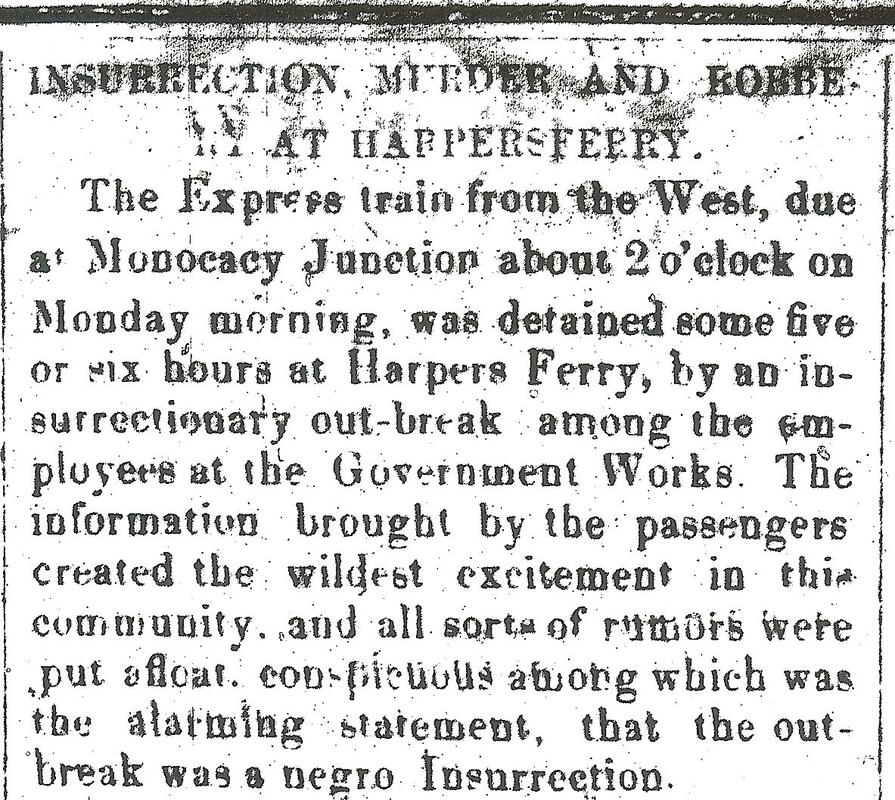







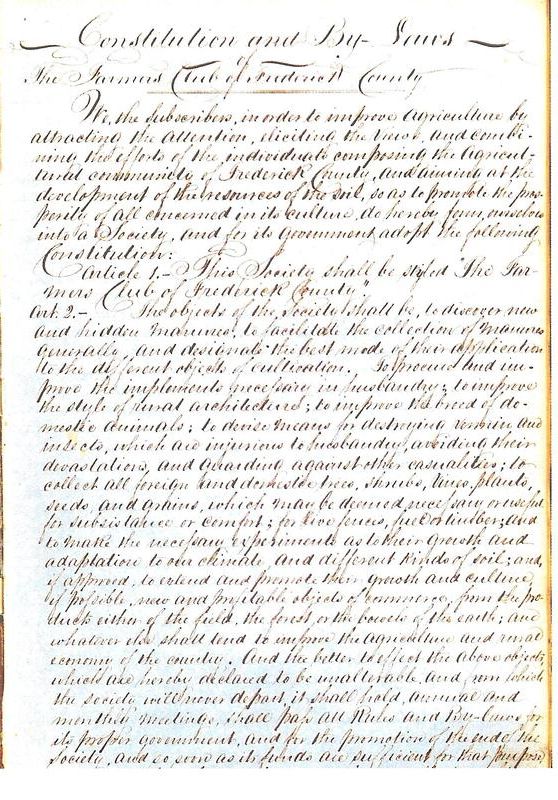





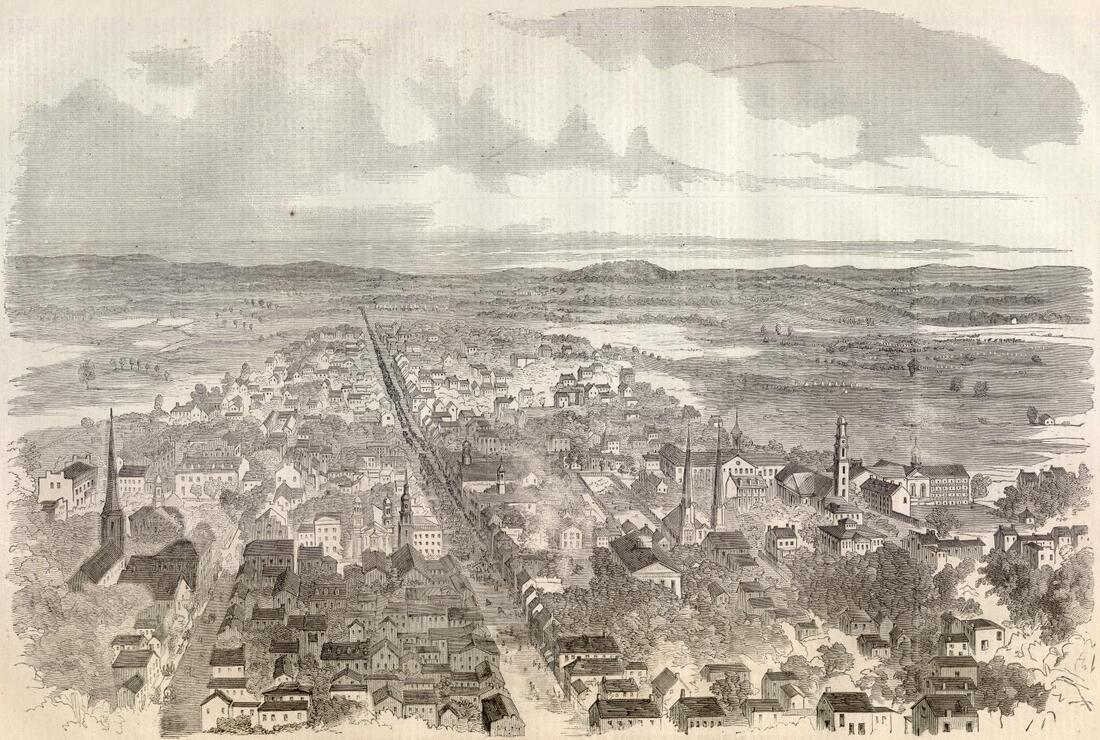




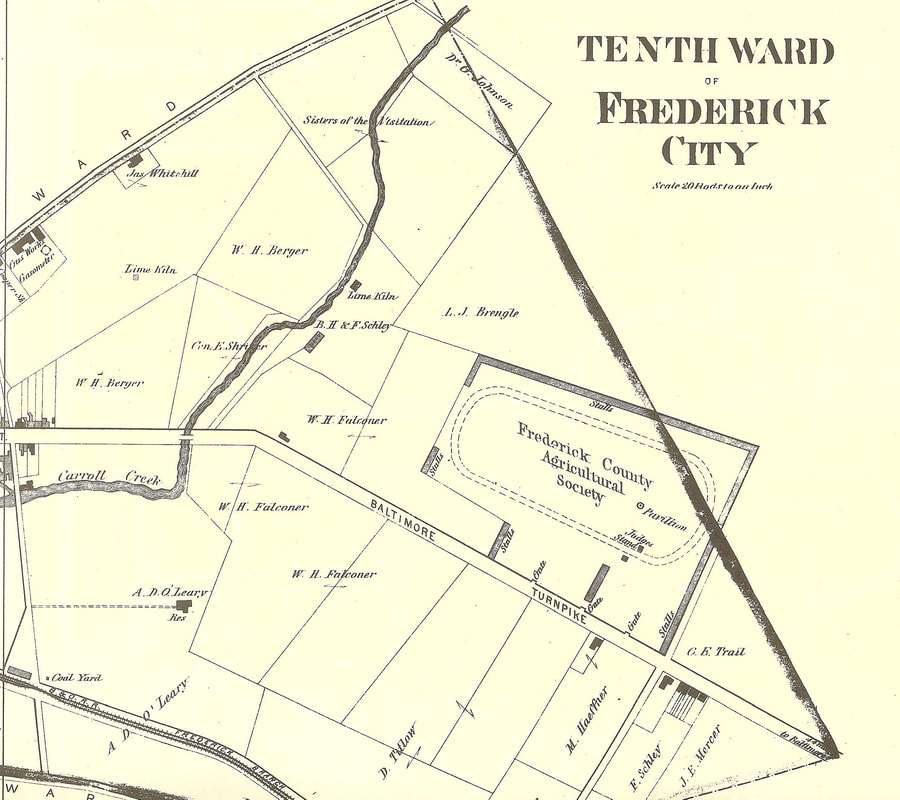





 RSS Feed
RSS Feed